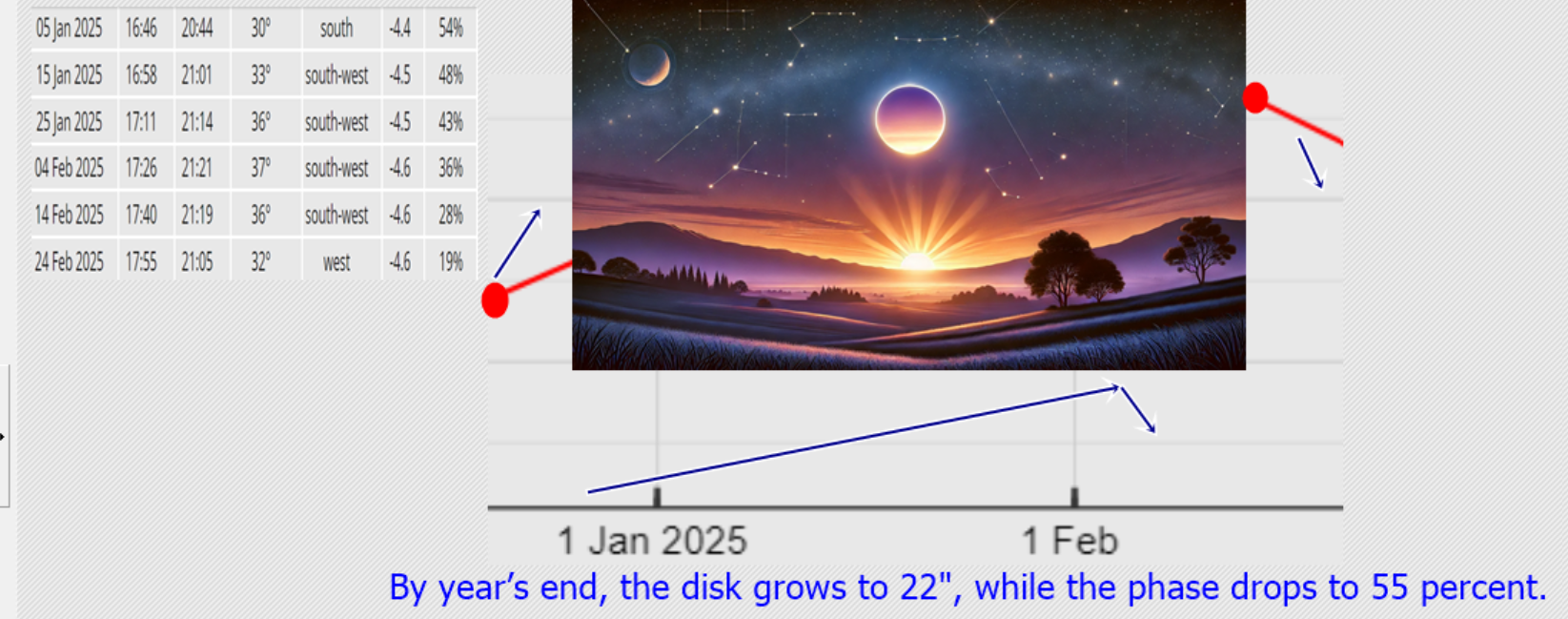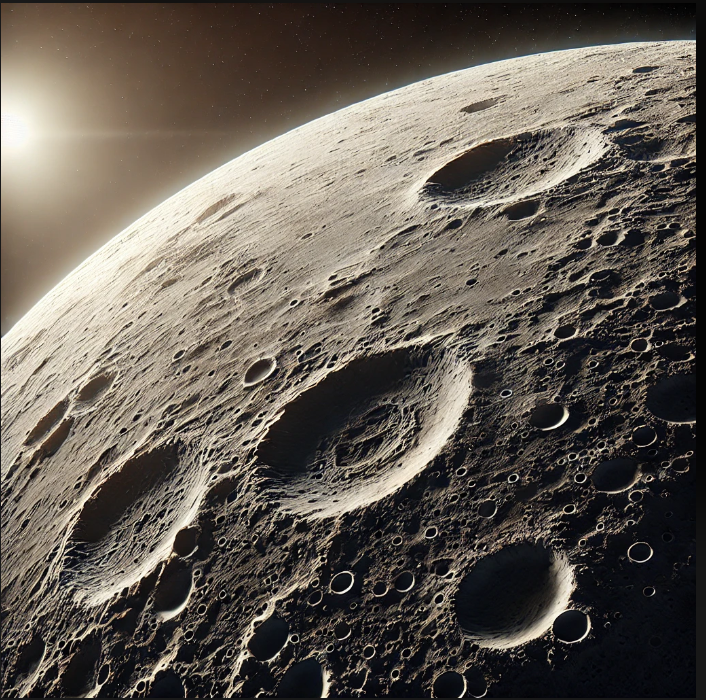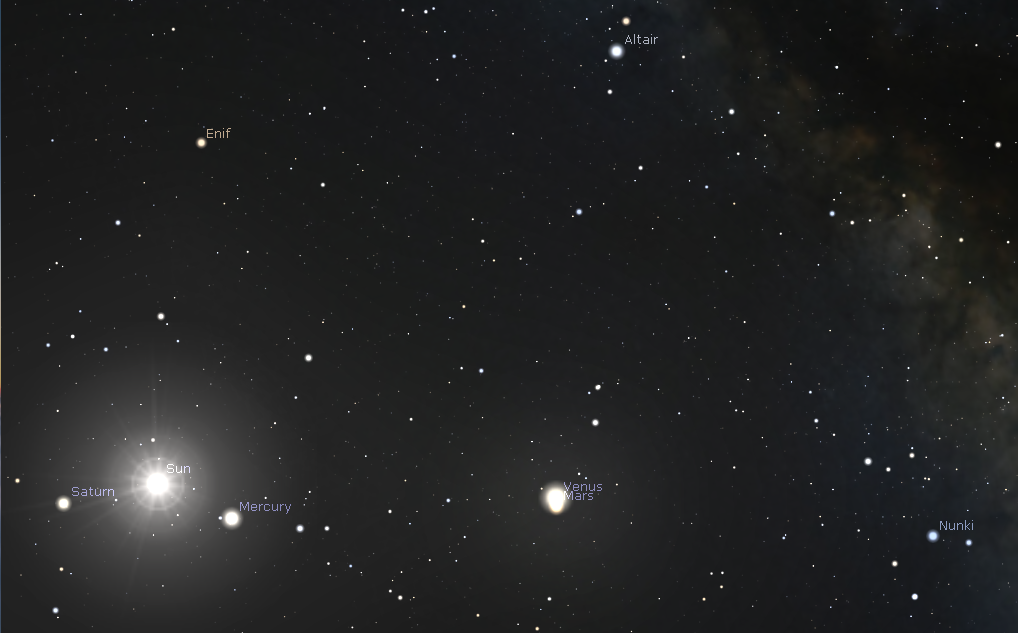Mercury, the closest planet to the Sun, has been heavily bombarded by meteorites throughout its history, similar to other rocky planets in our solar system. Its surface is covered with impact craters, some of which are quite large and ancient. Due to Mercury’s lack of a significant atmosphere, incoming meteorites do not burn up, resulting in frequent and intense impacts. Notable examples include:
Caloris Basin: One of the largest known impact craters in the solar system, the Caloris Basin spans about 1,550 kilometers (960 miles). It was likely formed by an asteroid impact during Mercury's early history.
Kuiper Crater: A relatively small but well-preserved crater, named after the astronomer Gerard Kuiper, is about 60 kilometers (37 miles) in diameter.
Hokusai Crater: Another large crater on Mercury, measuring 114 kilometers (71 miles) in diameter, with bright rays of ejected material extending over much of the planet.
Mercury's surface is thought to have experienced more impacts than Earth's, Mars', or Venus' due to its proximity to the Sun, which pulls in more meteoroids and comets. These impacts have significantly shaped the planet's geological history and surface evolution.
Tonynetone
Mercury, the closest planet to the Sun, has been heavily bombarded by meteorites throughout its history, similar to other rocky planets in our solar system. Its surface is covered with impact craters, some of which are quite large and ancient. Due to Mercury’s lack of a significant atmosphere, incoming meteorites do not burn up, resulting in frequent and intense impacts. Notable examples include:
Caloris Basin: One of the largest known impact craters in the solar system, the Caloris Basin spans about 1,550 kilometers (960 miles). It was likely formed by an asteroid impact during Mercury's early history.
Kuiper Crater: A relatively small but well-preserved crater, named after the astronomer Gerard Kuiper, is about 60 kilometers (37 miles) in diameter.
Hokusai Crater: Another large crater on Mercury, measuring 114 kilometers (71 miles) in diameter, with bright rays of ejected material extending over much of the planet.
Mercury's surface is thought to have experienced more impacts than Earth's, Mars', or Venus' due to its proximity to the Sun, which pulls in more meteoroids and comets. These impacts have significantly shaped the planet's geological history and surface evolution.
Tonynetone














